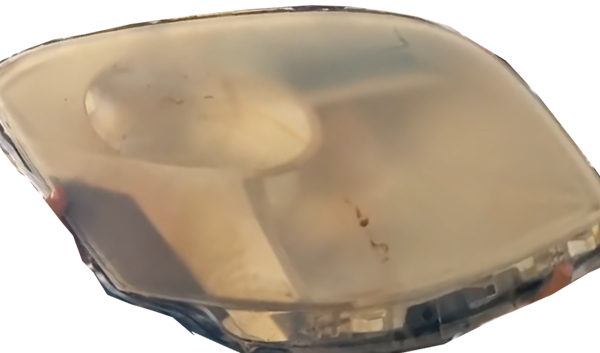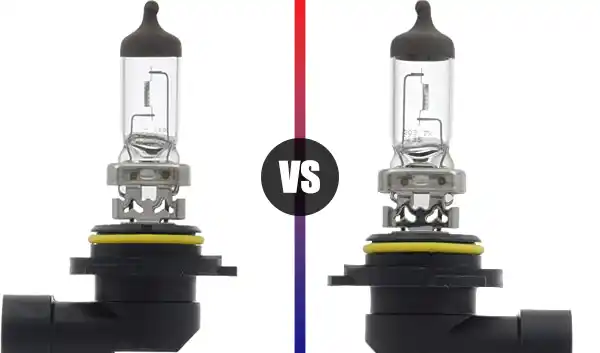Car headlights are essential components of any vehicle, providing illumination and ensuring safe driving, especially in low-light or dark conditions. The brightness of a car headlight is measured in lumens, which is a standard unit of measurement for light output. In this blog post, we will explore how many lumens a car headlight typically produces and what factors affect its brightness.
No products found.
Lumens and Lux: Understanding the Measurements

Before we delve into the specifics of car headlights, it’s important to understand the measurements used to quantify their brightness. Lumens and lux are the two most common units of measurement for light output.
Lumens refer to the total amount of light emitted by a source, while lux measures the amount of light that falls on a given surface. In other words, lumens represent the total light output, while lux measures the intensity of that light on a specific area.
How Many Lumens Is a Car Headlight?
The brightness of car headlights varies depending on the type of bulb and the car model. Generally, a standard halogen bulb produces around 700-1200 lumens. On the other hand, HID (High-Intensity Discharge) and LED (Light-Emitting Diode) headlights are much brighter and can produce up to 3000-4000 lumens.
Factors That Affect the Brightness of Car Headlights

The brightness of car headlights is affected by several factors, including:
- Bulb Type: As mentioned earlier, the type of bulb used in the headlight greatly affects its brightness. Halogen bulbs are the least bright, while HID and LED bulbs are much brighter.
- Headlight Assembly: The design and construction of the headlight assembly can also affect its brightness. Some assemblies are designed to focus the light beam in a particular direction, while others have a broader light output.
- Voltage: The voltage supplied to the headlight also affects its brightness. Higher voltage can increase the brightness of the headlight, but it can also lead to a shorter lifespan for the bulb.
Conclusion
The brightness of car headlights is an essential aspect of vehicle safety and performance. By understanding the measurement units and the factors that affect brightness, you can make informed decisions when choosing the type of bulb and headlight assembly for your vehicle. Ultimately, the goal is to achieve a balance between brightness, durability, and energy efficiency, ensuring that you have a safe and reliable driving experience.






